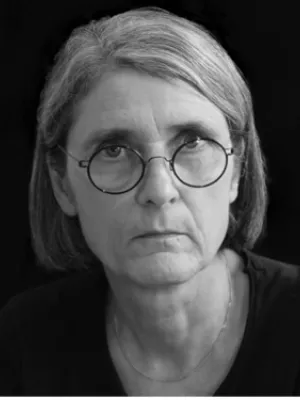
Nina Reistad
Senior lecturer

Identification of tumor margins using diffuse reflectance spectroscopy with an extended-wavelength spectrum in a porcine model
Author
Summary, in English
OBJECTIVE: A novel extended-wavelength diffuse reflectance spectroscopy (EWDRS) technique is being developed for future clinical non-invasive tumor margin delineation. In this study, the ability of EWDRS to identify the margins of pigmented skin lesions in an in vivo pig model was evaluated.
MATERIALS AND METHODS: Extended-wavelength diffuse reflectance spectroscopy recordings (350-1550 nm) were made on 13 pigmented skin lesions and non-pigmented skin, as a reference. The hand-held probe was swept toward the pigmented area until the signal changed, thus indicating that the margin had been identified. A needle was inserted as a marker, and tissue samples were sent for histological analysis. The distance between the EWDRS-defined border and the histological border was measured by 3 independent examiners.
RESULTS: The median difference between the EWDRS-defined border and the histological border was 70 μm toward the pigmented tissue (range: -579 to 538 μm). A Pearson correlation coefficient of .95 was obtained for the examiners.
CONCLUSIONS: Extended-wavelength diffuse reflectance spectroscopy can be used in vivo to delineate the border of pigmented skin lesions in a porcine model with high accuracy, indicating that it may be a useful tool for non-invasive tumor margin delineation in the future.
Department/s
- Ophthalmology Imaging Research Group
- Ophthalmology, Lund
- Atomic Physics
- National Resource Centre for Physics Education
- Clinical and experimental lung transplantation
- NPWT technology
Publishing year
2018
Language
English
Pages
667-671
Publication/Series
Skin Research and Technology
Volume
24
Issue
4
Document type
Journal article
Publisher
Wiley-Blackwell
Topic
- Ophthalmology
- Biomedical Laboratory Science/Technology
Keywords
- Journal Article
Status
Published
Research group
- Ophthalmology Imaging Research Group
- Clinical and experimental lung transplantation
- NPWT technology
ISBN/ISSN/Other
- ISSN: 0909-752X

